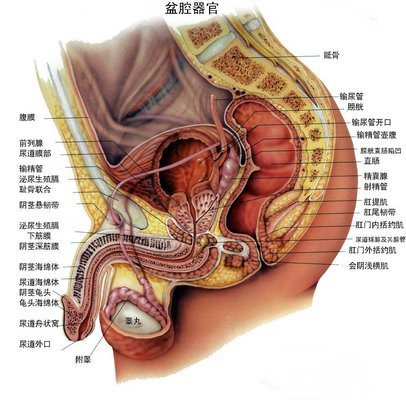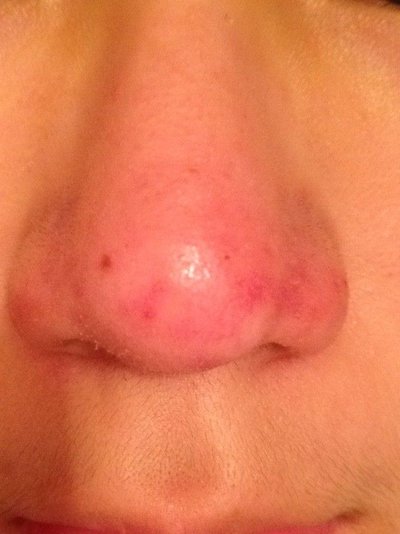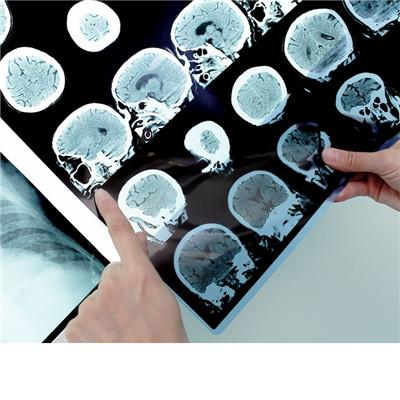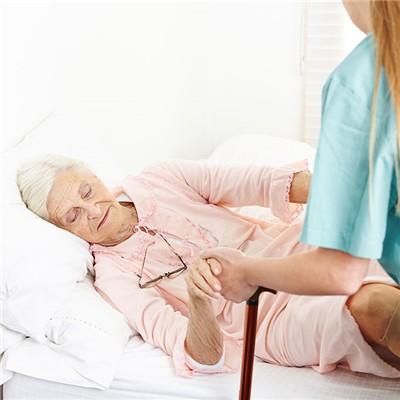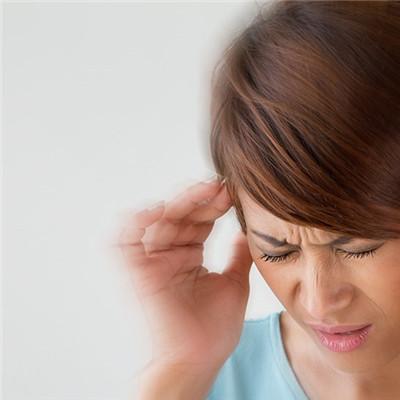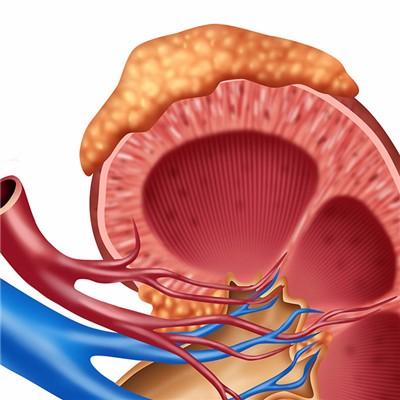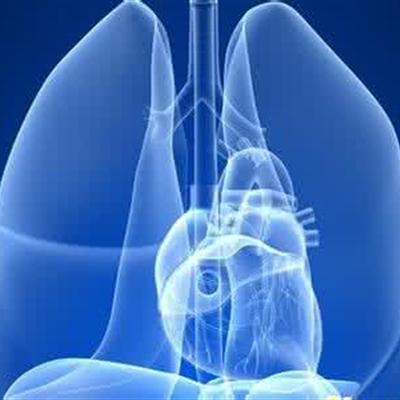Symptoms of antibiotic allergy
summary
In general, there are many symptoms of antibiotic allergy, such as hemolytic anemia, serum disease, drug fever and anaphylactic shock. So what about antibiotic allergy? Now let's take a look at it in detail!
Symptoms of antibiotic allergy
Anaphylactic shock: antibiotic allergy is a very common phenomenon, because there are certain impurities in the drug, in addition, the drug after oxidation, decomposition, degradation and other effects, which will cause certain differences to the individual, so some patients will have anaphylactic shock, a variety of ways will form anaphylactic shock, we must pay special attention to it.

Hemolytic anemia: antibiotic allergy will also appear hemolytic anemia, which is a very common type II allergic reaction, many patients will find a variety of blood cell reduction. Some patients will find thrombocytopenia after taking cephalothiophene and chloramphenicol, and cephalosporin antibiotics will cause hemolytic anemia.

Serum disease and drug fever: Patients with antibiotic allergy will also have serum disease and drug fever. In fact, this is a type III allergy. Many patients will have joint pain, joint edema and neuroedema two weeks after administration, and many patients will have ulcers and local necrosis of gastrointestinal mucosa, After taking cephalosporins, some patients will also cause drug fever.

matters needing attention
The mechanism of allergy caused by antibiotics is quite complex, which is not only related to the drug itself, but also related to the user's constitution. This is why some people are allergic, while others are not. The impurities produced in the production process of antibiotics may combine with the tissue proteins in the body to form a complete antigen after entering the human body, which stimulates the human body to produce an immune response.
